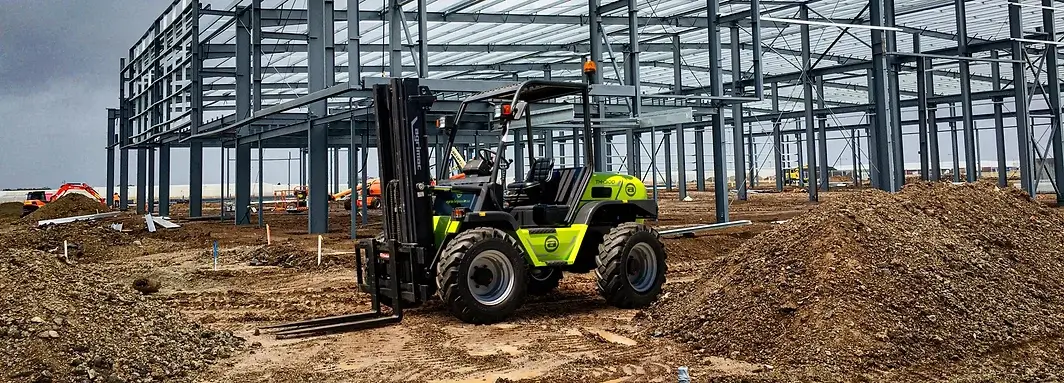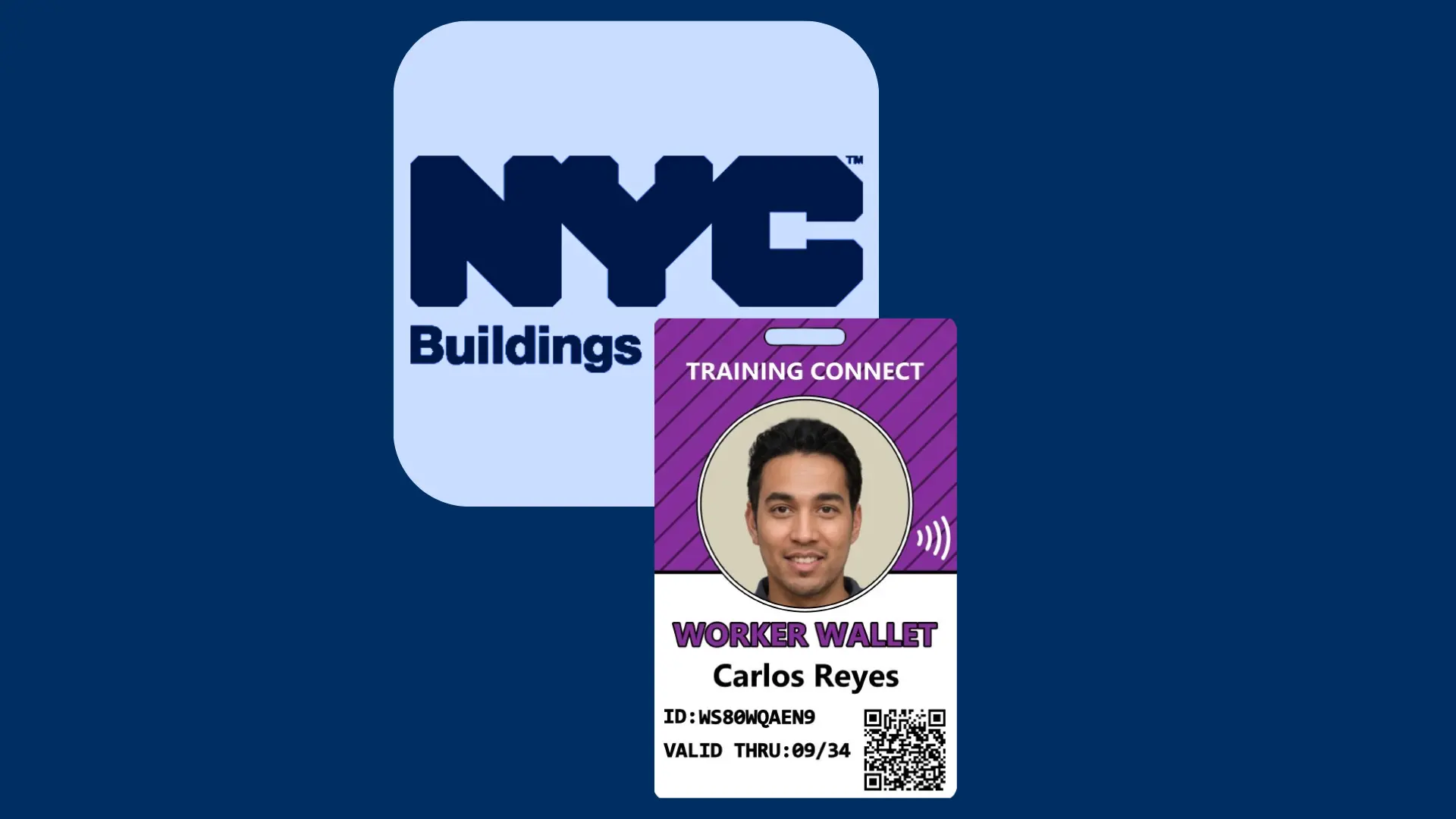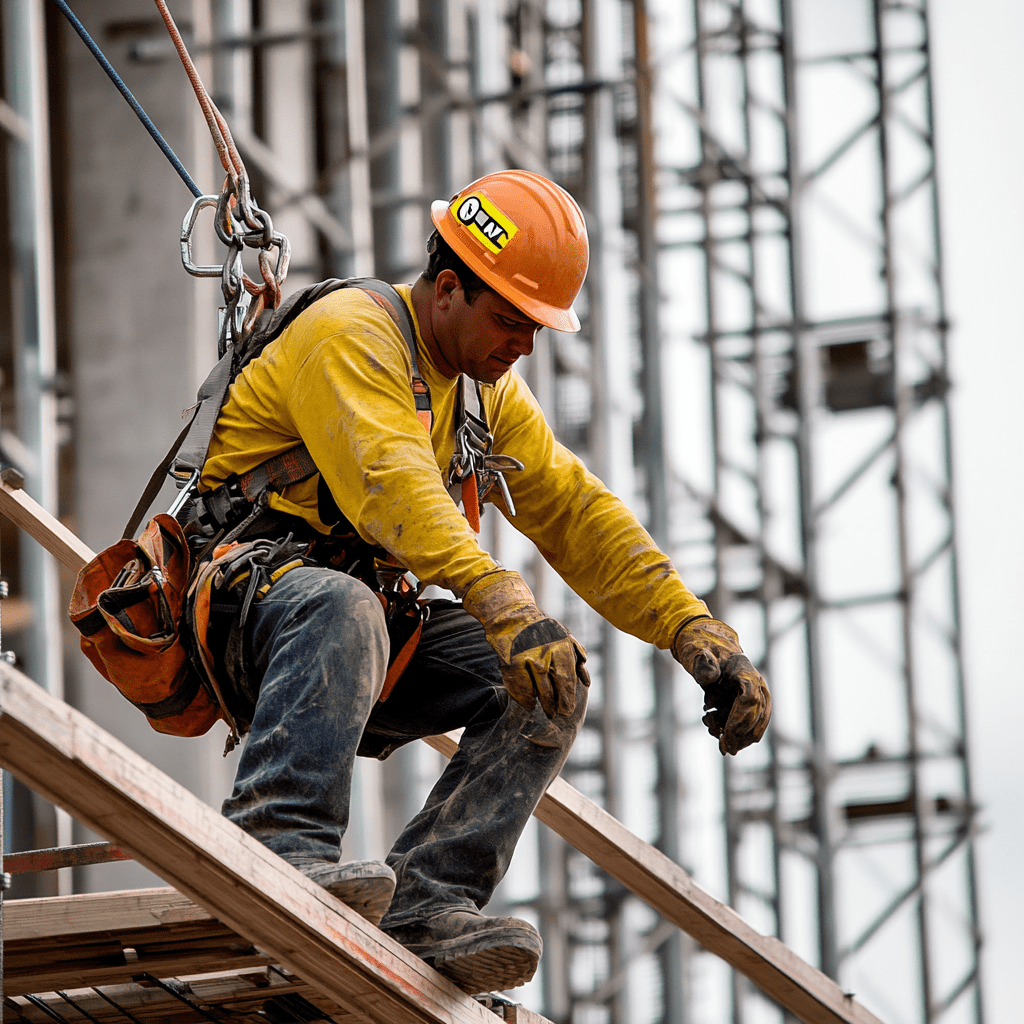Forklifts are indispensable in various industries, aiding in the transportation and handling of materials. However, their operation comes with significant risks, leading to numerous injuries and, in severe cases, fatalities each year. Understanding the main causes of forklift injuries is crucial for creating safer work environments and reducing accidents.
Main Causes of Forklift Injuries
1. Lack of Proper Training
One of the primary reasons for forklift-related accidents is the absence of comprehensive operator training. Operators often lack knowledge of forklift mechanics, load capacities, and safety protocols, leading to dangerous mishaps.
2. Inadequate Safety Procedures
Many workplaces do not have or fail to enforce strict safety procedures for forklift operations. This includes neglecting the use of seat belts, ignoring speed limits, and not following proper pathways designated for forklift use.
3. Poor Workplace Design
The design and layout of the work environment can significantly impact forklift safety. Narrow aisles, poor lighting, and obstructed views increase the risk of collisions and accidents.
4. Forklift Malfunction
Regular maintenance of forklifts is essential to ensure their safe operation. Mechanical failures, such as brake failure or steering issues, can lead to uncontrollable situations, putting operators and bystanders at risk.
5. Overloading
Exceeding the forklift’s weight limit can cause the vehicle to tip over, one of the most dangerous scenarios in forklift operation. Overloading affects the forklift’s stability and maneuverability, making accidents more likely.
6. Pedestrian Traffic
Forklift injuries often involve pedestrians working near or around forklift operations. The lack of awareness or communication between operators and pedestrians can lead to collisions.
7. Speeding
Operating a forklift at high speeds increases the likelihood of losing control, especially when turning or maneuvering in tight spaces. Speeding reduces the operator’s reaction time to unexpected obstacles or changes in the environment.
Preventive Measures
Comprehensive Training Programs
Implementing thorough training programs that cover all aspects of forklift operation, safety protocols, and emergency procedures is crucial. Regular refresher courses can also help maintain high safety standards.
Enhanced Safety Procedures
Developing and enforcing strict safety procedures, including the use of personal protective equipment (PPE), designated forklift zones, and clear signage, can significantly reduce accidents.
Workplace Safety Audits
Regularly assessing the work environment for potential hazards and making necessary adjustments can improve safety. This includes optimizing aisle widths, improving lighting, and ensuring clear visibility for operators.
Regular Maintenance Checks
Adhering to a strict maintenance schedule for all forklifts ensures that mechanical issues are identified and addressed promptly, reducing the risk of accidents due to equipment failure.
Load Management Training
Training operators on proper load management, including weight distribution and height limits, can prevent tipping incidents. Understanding how to safely handle loads is essential for maintaining forklift stability.
Pedestrian Awareness Programs
Educating all employees about forklift safety, including recognizing the sounds of operating forklifts and maintaining a safe distance, can help minimize pedestrian accidents.
Speed Limit Enforcement
Setting and enforcing speed limits within the workplace can help operators maintain control over the forklift, allowing for safer operation in various conditions.
Forklift injuries can be significantly reduced by addressing the main causes through comprehensive training, strict safety procedures, and regular equipment maintenance. By fostering a culture of safety and awareness, employers can protect their workers from the inherent risks of forklift operation, ensuring a safer and more productive workplace.
Get Certified
Fast Line Safety Training offers OSHA compliant Forklift Certification in New York, New Jersey, and Pennsylvania. We are committed to helping you and your team and as a testament to this, we come to you in order to make it as easy as possible. Check out the links below to learn about our Forklift program in your state!
Forklift Training & Certification in New York
Forklift Training & Certification in New Jersey
Forklift Training & Certification in Pennsylvania
FAQs
Q: How often should forklift operators receive training?
A: Forklift operators should receive initial training upon hiring and periodic refresher training, typically every three years or after an incident.
Q: Can wearing seat belts really make a difference in forklift safety?
A: Yes, wearing a seat belt can prevent operators from being thrown from the forklift in the event of a tip-over, significantly reducing the risk of serious injury.
Q: What should be done if a forklift starts malfunctioning?
A: The forklift should be taken out of service immediately, and no one should use it until it has been inspected and repaired by a qualified technician.
Q: Is it necessary to have designated pathways for forklifts?
A: Yes, having designated pathways helps to minimize the interaction between forklifts and pedestrians, reducing the risk of accidents.
Q: How can employers encourage a culture of safety around forklift operations?
A: Employers can encourage safety by providing ongoing education, enforcing safety protocols, and promoting open communication about safety concerns and suggestions for improvement.





